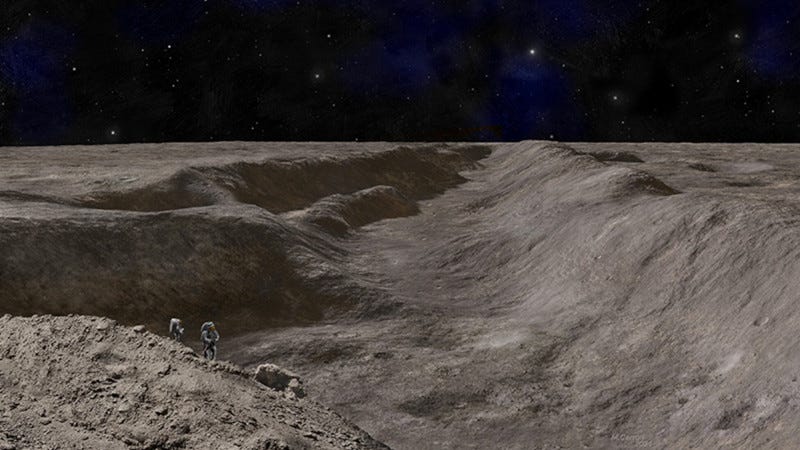Unveiling the Grand Canyons of the Moon
Two Immense Canyons Discovered on the Far Side of the Moon

In a significant discovery, a team of scientists at the Lunar and Planetary Institute (LPI), an institute of the Universities Space Research Association (USRA), found that two immense canyons hidden in the lunar f…
Keep reading with a 7-day free trial
Subscribe to The Journal of Space Commerce to keep reading this post and get 7 days of free access to the full post archives.


